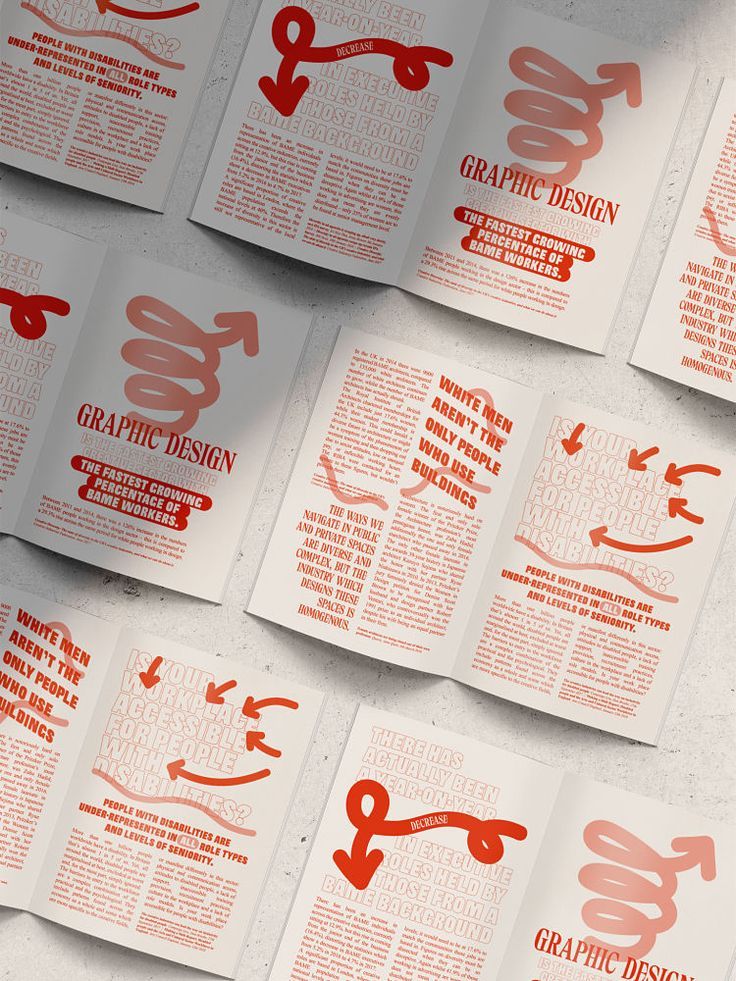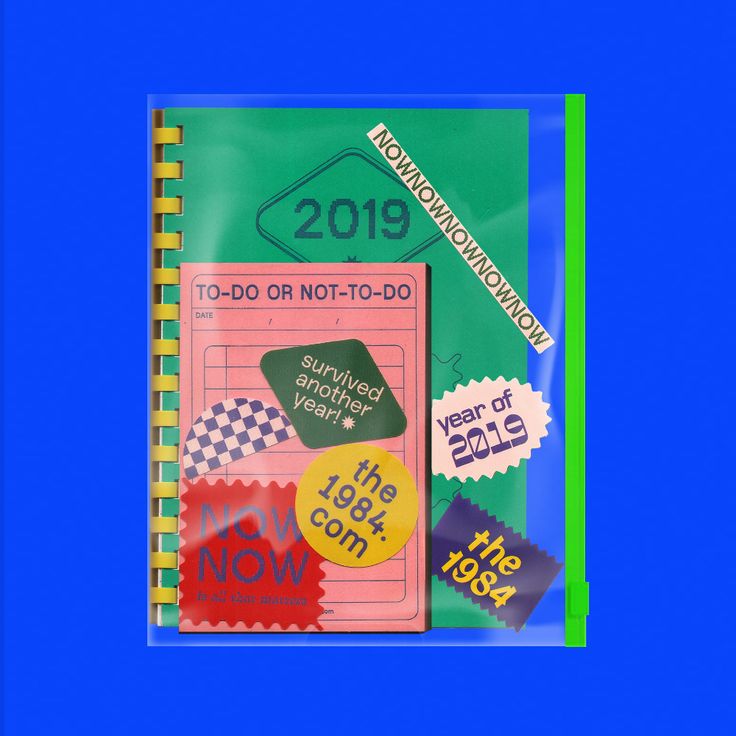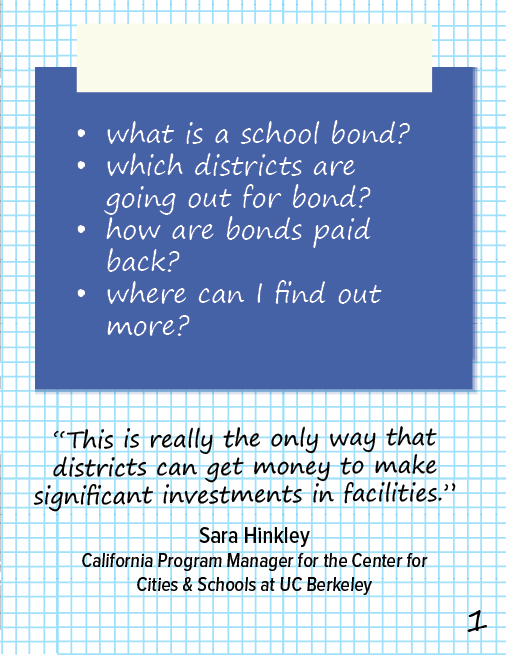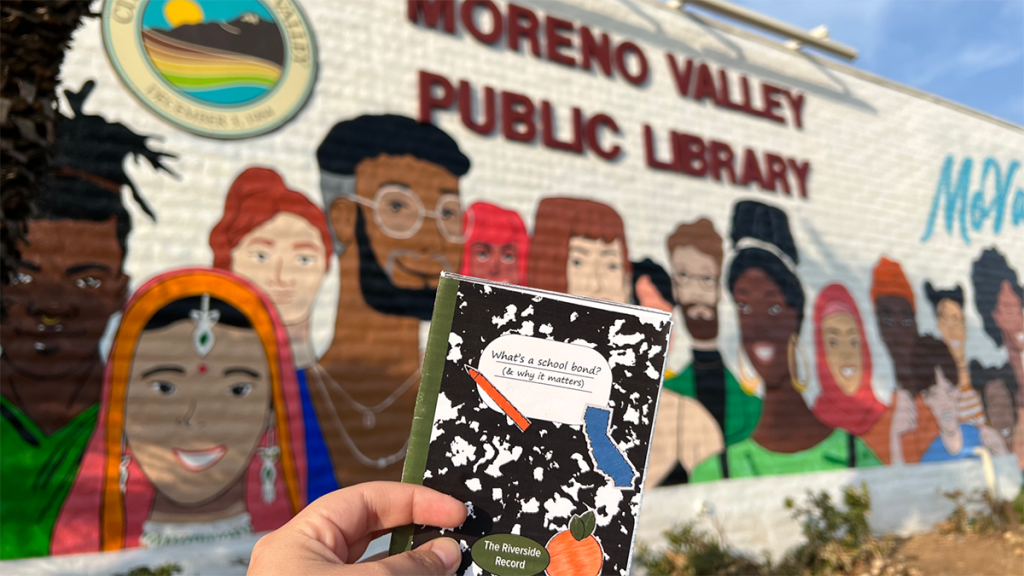
Alicia Ramirez, publisher of The Riverside Record, drops off zines at the Moreno Valley Public Library in California. Photo: Alicia Ramirez
Using zines to share public service, civic information
From printing on a budget to distributing strategically: what you need to know
The Riverside Record is a nonprofit newsroom serving the community of Riverside County, California. In advance of the Nov. 5 election, publisher Alicia Ramirez wanted to distribute the news organization’s first print product for the county’s residents who will be voting on local school bond measures.
We determined that a physical product made the most sense because The Riverside Record could target its distribution to local community hubs instead of only relying on its existing digital audience.
Why we chose a zine over postcards
Our original idea was to print a simple postcard with a QR code to the Record’s reporting on school bonds. We envisioned something that people might hang up on their refrigerators with easy-to-access information they needed to vote. And we wanted to deliver this postcard by direct mail to reach all residents living in the school districts voting on school bonds.
To estimate the cost of this distribution strategy, we started by using this tool by USPS to determine the amount of postal routes in the Palm Springs Unified School District because it’s the largest in Riverside County. We divided the school district up by zip code and used this data visualization, made in Flourish, to show how many USPS postal routes were in each zip code, how many pieces of mail would be required to reach every resident, and what the cost would be.
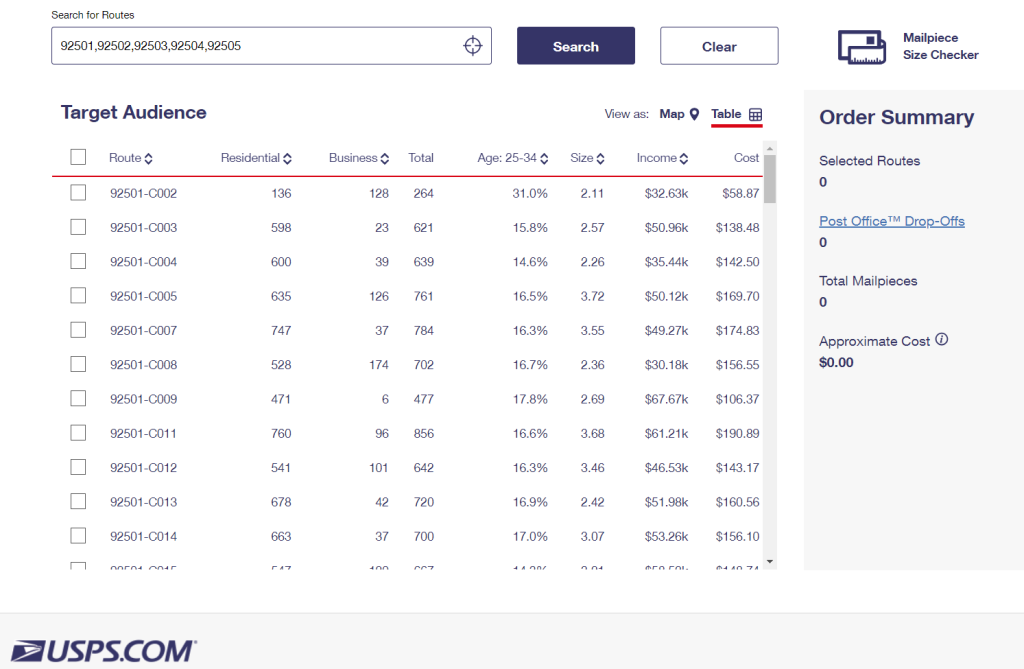
This helped us determine that distributing mail through USPS postal routes would be too expensive, as just covering the school district in Palm Springs would have cost over $30,000.
To minimize costs, we pivoted. We decided to identify community organizations throughout Riverside County where Alicia could drop off copies of the product. We made a list of non-partisan community organizations in this spreadsheet. We recorded each organization’s website, address, school district and contact information.
Once we chose the organizations, with a variety in audience and location, we mapped a route that efficiently hit every location in one day. Alicia made a plan to drive to each location and drop off the zines herself.
Designing the zine
We decided that a zine would be the most engaging and fun way to present the information, giving people what they needed in six pocket-sized pages.

The first step was designing the zine before plugging in the information from the news coverage that was already published on The Record’s website. As a brainstorming exercise, we made a Pinterest board.
For colors and fonts, we used The Record’s existing brand kit. Our design vision was an old-school notebook with bright colors and patterns. This tied in the theme of education for the school board elections topic and made it easy to format information because we could use a design resembling lined paper and sticky notes.
This is the vision board we created:
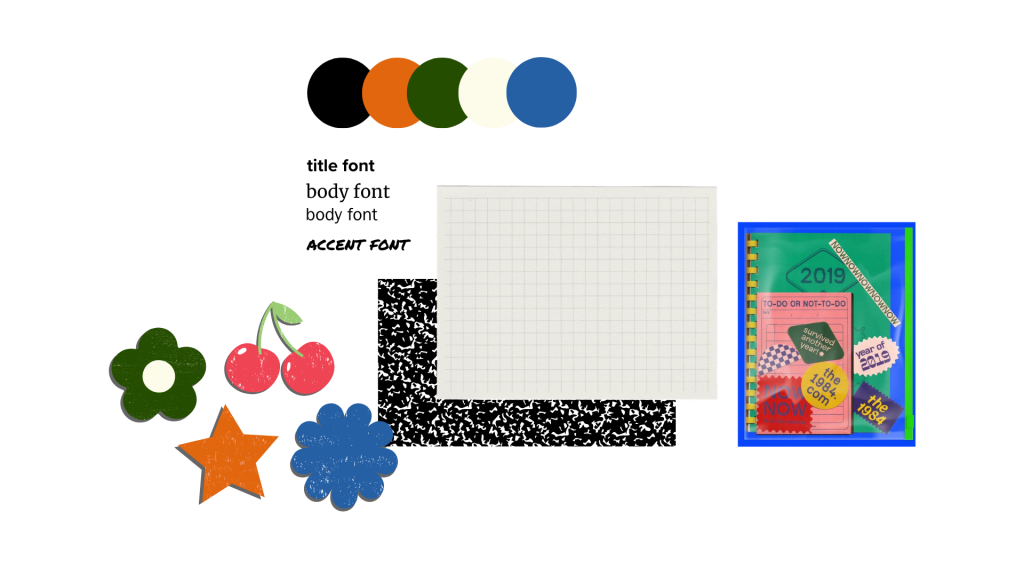
We designed the zine in Indesign, using an 11-inch by 17-inch template, where each page is 4.25 inches by 5.5 inches.
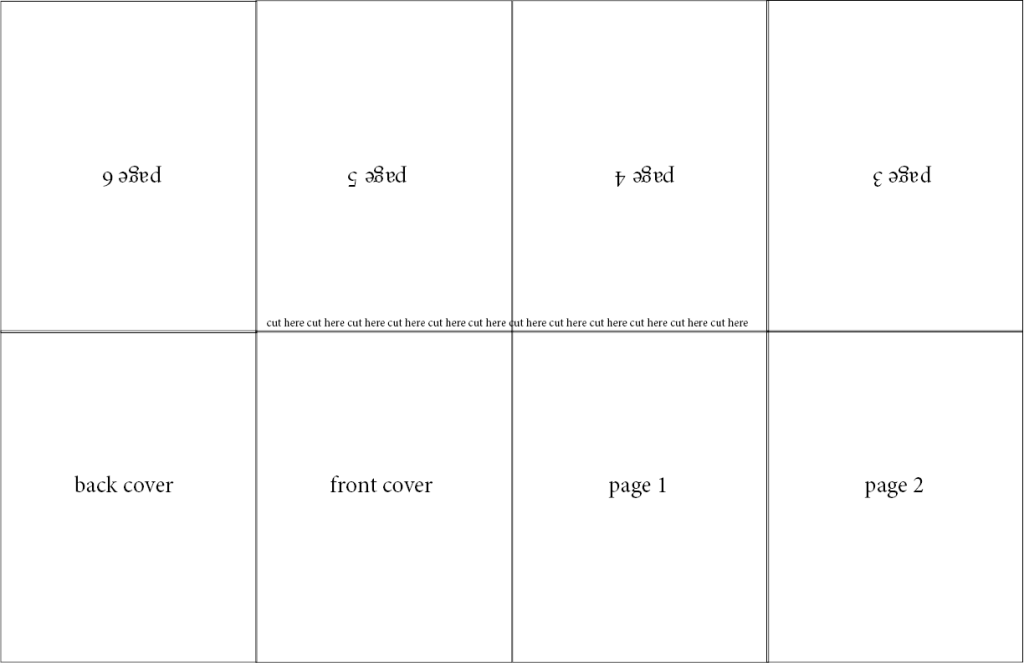
To organize the zine, we identified which questions it would answer on the first page. Those questions were:
- What is a school bond?
- Which districts are going out for bond?
- How are bonds paid back?
- Where can I find out more?
We also included a quote from an interview with a local university employee.
After identifying what a school bond is, we broke the financial information down by school district so readers could see how they would be directly impacted. Since there are so many numbers involved, we felt a pie chart was the best visual option.
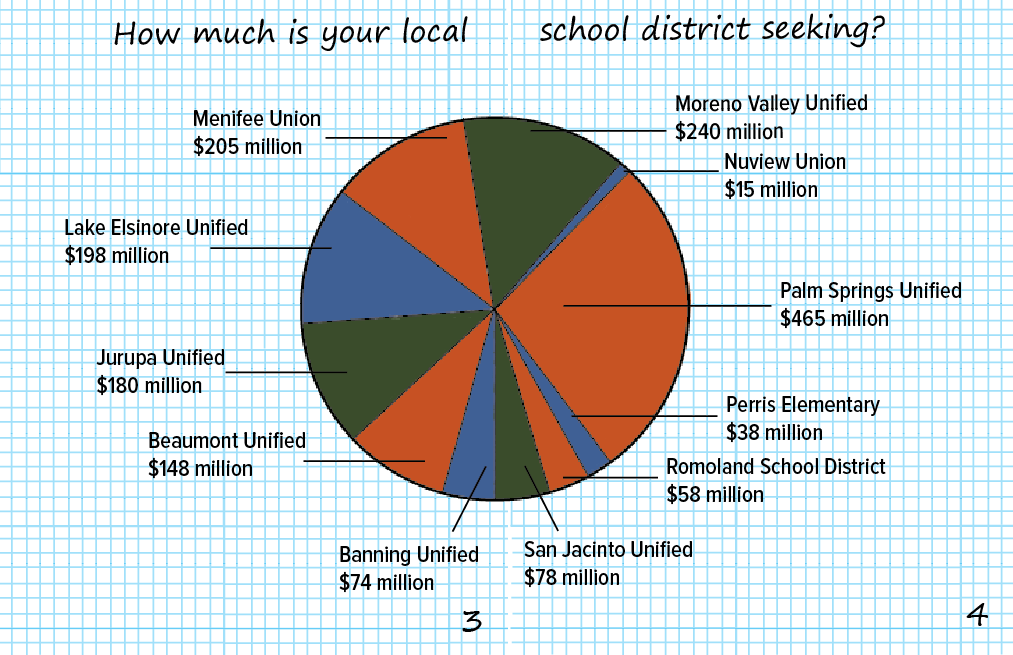
On the final page, there is a QR code that leads to 11 articles with more detailed explanations of the school bonds for each district. Alicia also included her email for readers who have comments or questions and want to talk to her directly.
To use our template, you can find it on Canva here.
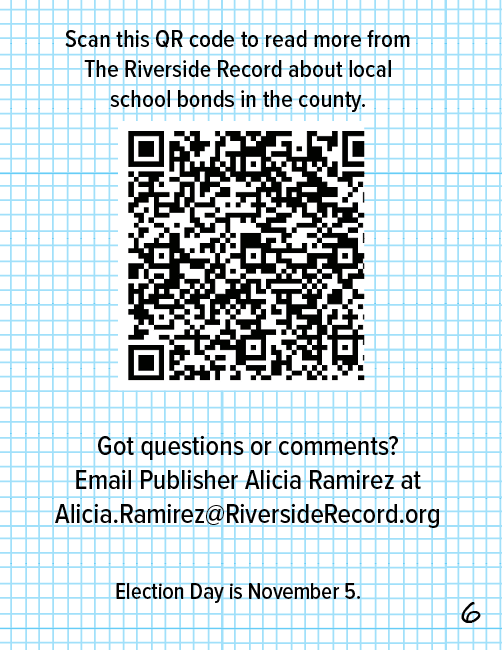
The cost of printing
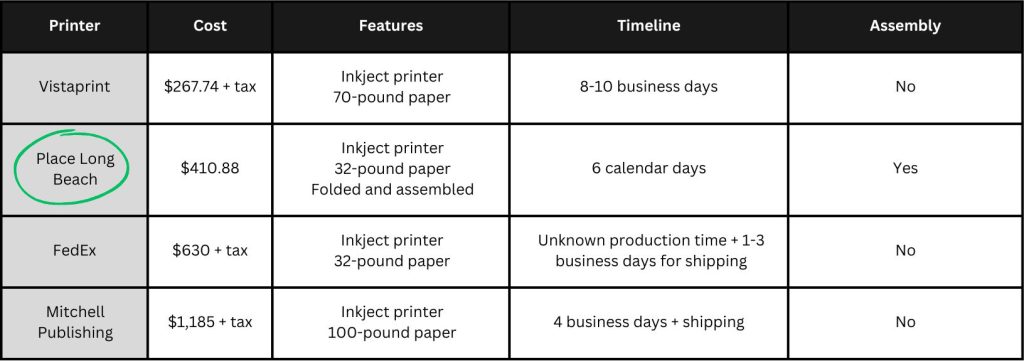
We got estimates from several different printers before choosing the most cost-effective option.
We printed 1,000 copies at a community printer called Place Long Beach. The zine was printed on 11×17 inch, 32-pound paper, using an inkjet printer and the total came to $410.88. Then all the folding and assembly was done by hand.
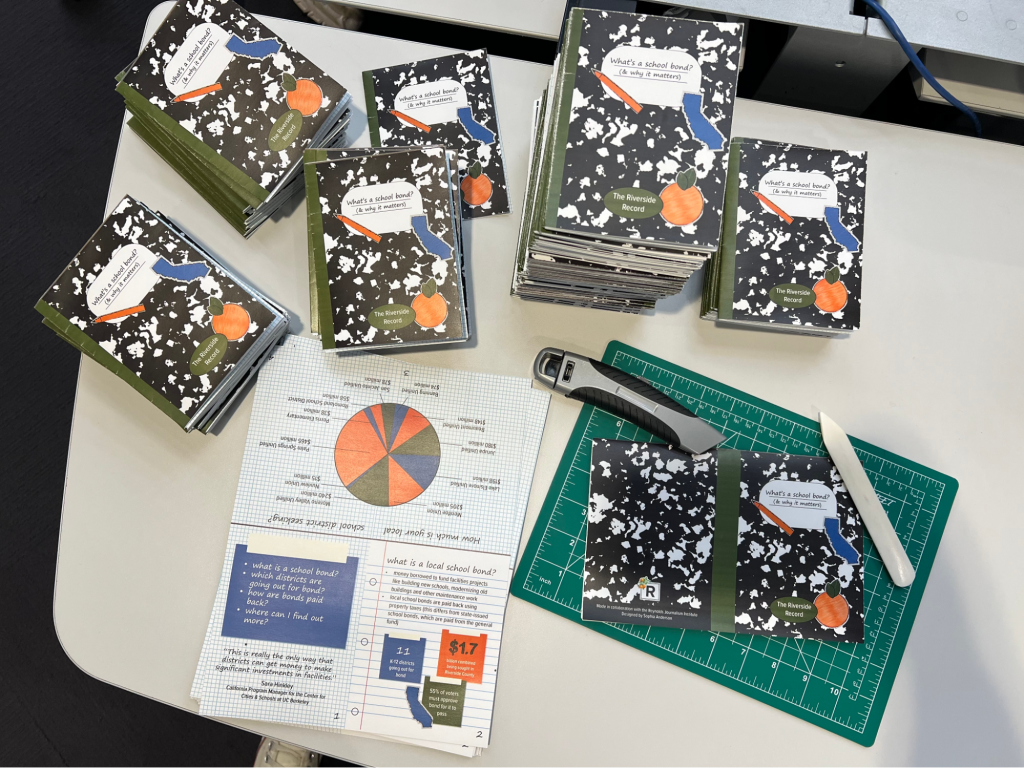
With the help of two people at the print shop, Alicia assembled zines for eight hours and then finished with an additional 12 hours on her own.
Next time, she said she will likely start with 500 copies. She may also calculate a rough estimate of the number of zines she expects to distribute to each location as part of this planning process.
Lessons from distribution
First, Alicia visited 10 different libraries within the different school districts. Only one declined to make a space available for the zines because they said they did not have a table for community resources.
The remainder of the libraries allowed her to place them either on a general community resource table, at the circulation desk or with their larger election displays that included election information from the county and state and a selection of books about voting and democracy.
TIP: Make sure to emphasize that the zines are informational and nonpartisan. This helped encourage libraries to display them for the public.
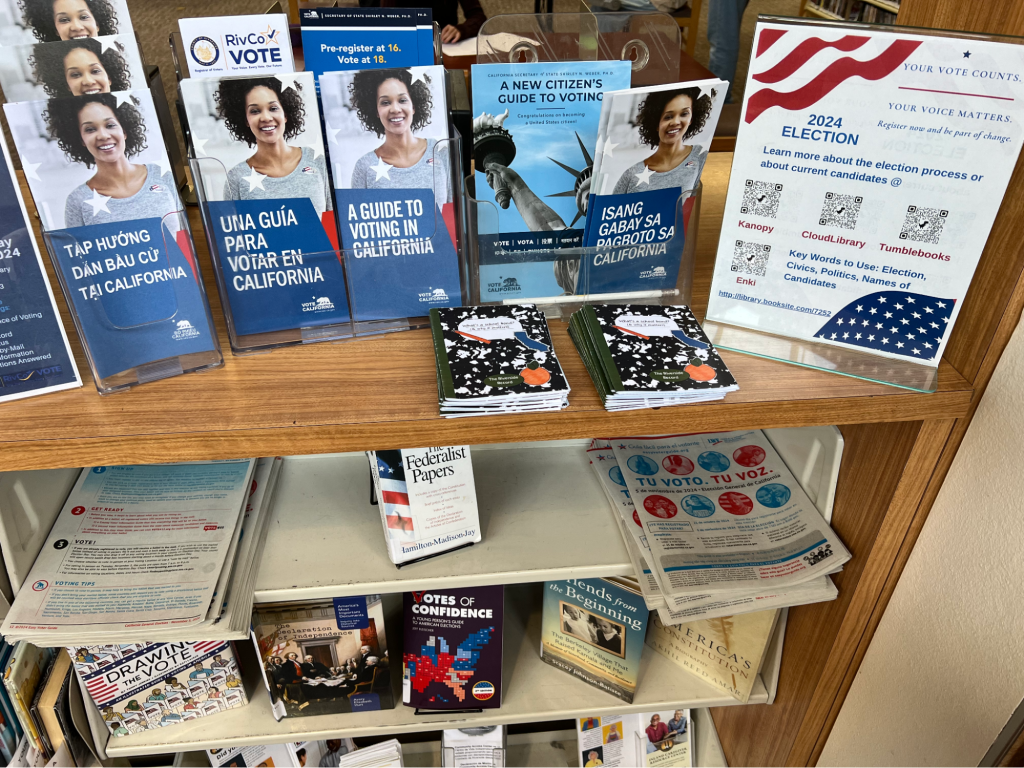
The Riverside Record also partnered with Mark Talkington, publisher of The Palm Springs Post, to distribute throughout the Palm Springs Unified School District area at local coffee shops and community centers.

Alicia will visit a few more coffee shops and community centers, as well as some “get out the vote” events leading up to Election Day.
Measuring results
In order to determine how many zines were distributed, Alicia established a contact at each organization where she placed zines and asked them to follow up with her after the Nov. 5 election. We plan to measure how many (if any) zines are left over at each location, both to gauge each community’s interest in the project and to recycle the leftovers.
Additionally, we will use the QR code on the back of the zine to track how many people scan to read more on The Record’s website.
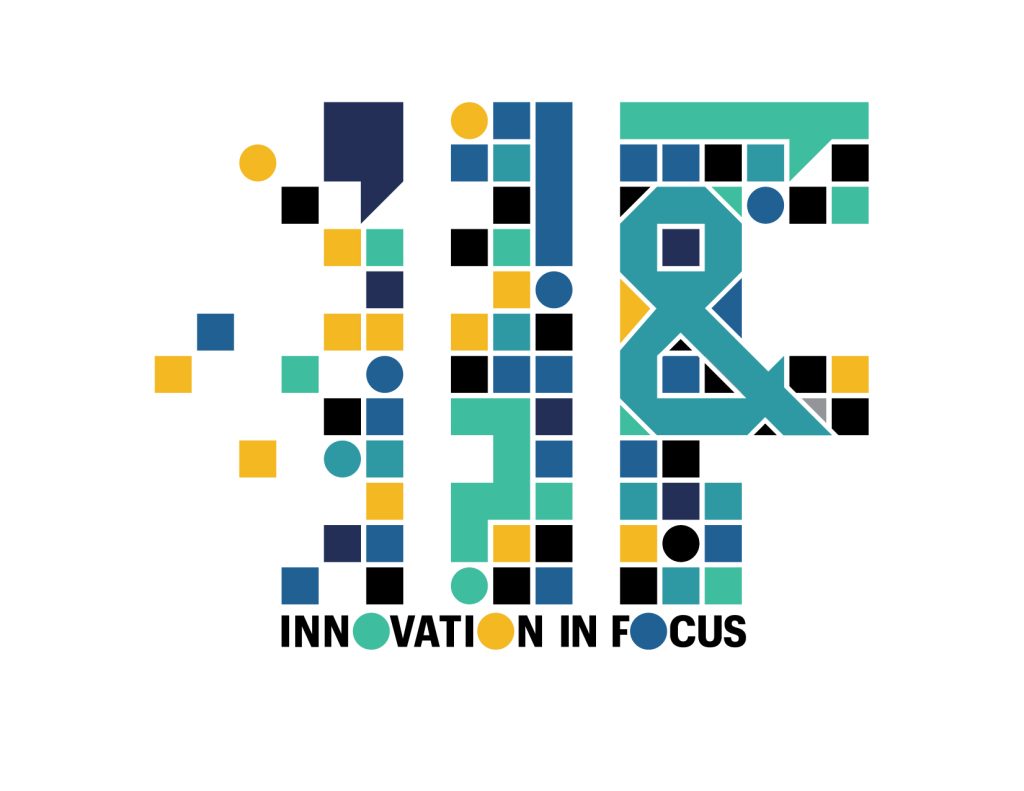
Sign up for the Innovation in Focus Newsletter to get our articles, tips, guides and more in your inbox each month!
Cite this article
Anderson, Sophia (2024, Oct. 28). Using zines to share public service, civic information. Reynolds Journalism Institute. Retrieved from: https://rjionline.org/news/using-zines-to-share-public-service-civic-information/


